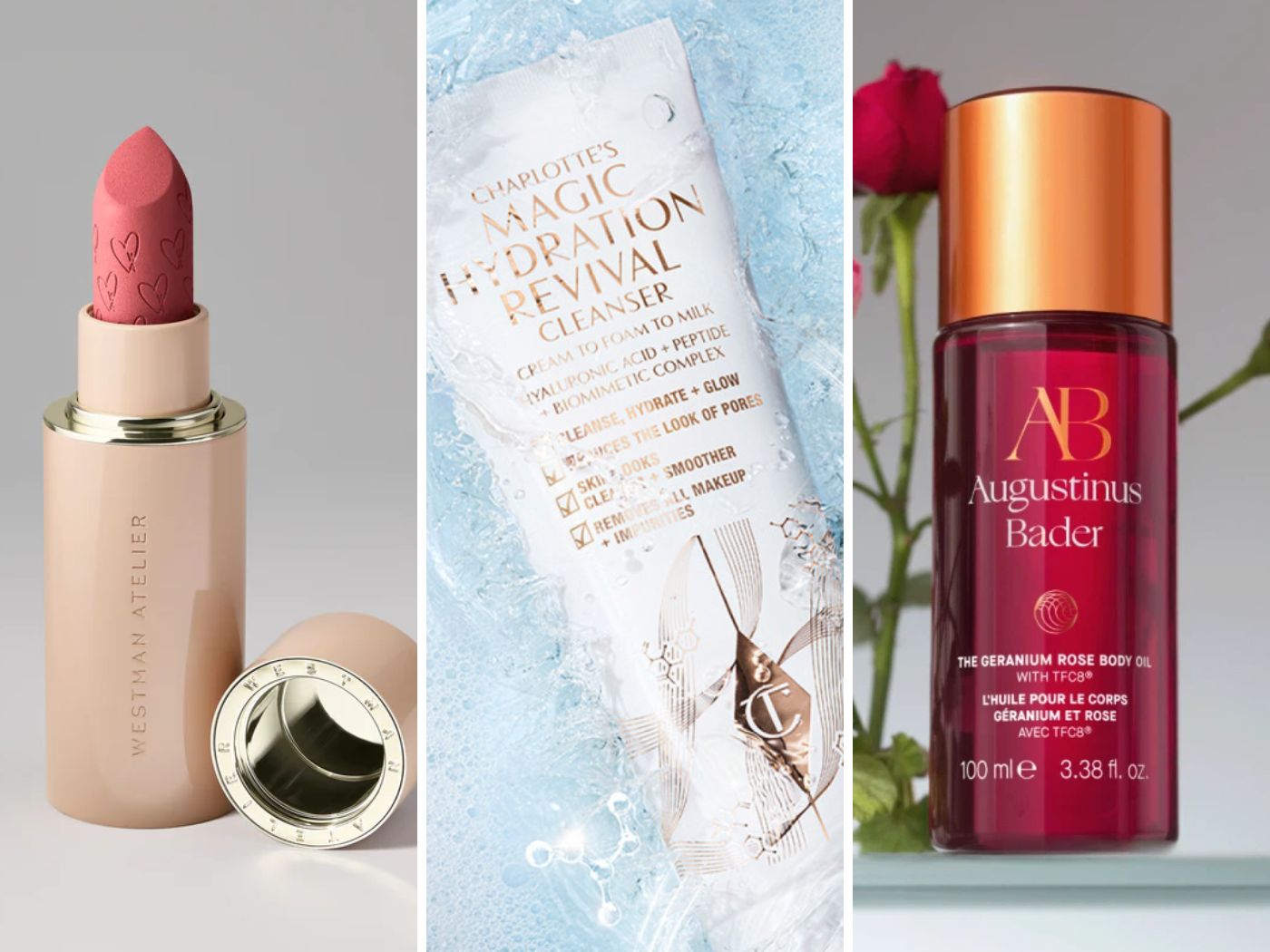As rumors of Birchbox’s potential sale to Walmart continue to swirl, British beauty, fashion and lifestyle conglomerate, The Hut Group (THG), swooped up Berlin-based sampling box company, GLOSSYBOX earlier this week for an undisclosed amount. According industry experts, the move represents The Hut Group’s goal to become “the largest beauty box brand in the world,” as well as “one of the largest global beauty players” in the U.S. by 2018, with no less than three more prestige beauty brand acquisitions to come in the next year.
Exactly what THG plans to do with GLOSSYBOX, which employees an estimated 170 people and has a presence in 10 countries, is not entirely known, but industry experts familiar with both companies said there will be a focus on centralizing operations, more accurately and specifically targeting products, and creating exclusive content for its community of millions. One of the biggest goals, according to another industry source, is activating GLOSSYBOX’s ample and global consumer data— responses from its subscriber base that rate and review products—in order to work as a marketing agency for brands. Leveraging these customer insights will undoubtedly help THG in terms of acquiring prestige U.S. beauty brands, which is a top goal for the firm.
“THG has a huge tech and data team of more than 500 in a headquarters outside of Manchester that will put a focus on taking the business to the next level,” said the source, adding that GLOSSYBOX’s former majority shareholders, Rocket Internet and Kinnevik Online, will be focusing more on its tech businesses. “Targeting is definitely a big priority for GLOSSYBOX’s next steps.”
The Hut Group’s current portfolio includes about a dozen brands across lifestyle, health, beauty and fashion. In terms of beauty, it owns a variety, including LookFantastic, one of Europe’s largest beauty retailers, Skinstore.com, and relatively obscure brands such as HQHair and Mio Fit Skin for Life. The company, which once provided white label e-commerce websites for grocery retailers, already owns subscription services including My Geek Box and Pop in a Box, and Beauty Box. The push for GLOSSYBOX and even Birchbox, to some, by major companies is a sign that the beauty subscription services still represent a viable business.
“There’s nothing in the market that proves the subscription box industry is slowing,” said the insider. “It’s still a growing market, it is just evolving. As is with Bonobos and Nasty Gal (both of which were purchased by Walmart), these brands are seeing the potential of going to the next level and reaching a new audience via acquisitions. Businesses don’t need to necessarily change 180 degrees to gain more customers. It’s about becoming more profitable, integrating and expanding.”
The beauty box space, which has been crowded in the U.S. for the past few years, has never been more competitive, and consumer demand higher. As social media influencers continue playing larger roles in shoppers’ buying decisions, and cool, far-reaching niche brands answer more specific purchasing needs, others said that sampling is no longer holding the clout it once did, as customers are favoring direct-to-brand initiatives like loyalty programs. Coupled with the fact that more retailers (who offer shopping incentives for box recipients) are getting in on the box game, one must wonder if certain under-innovated models are losing juice.
“Because beauty boxes are just a piece of the multi-dimensional relationship between consumers and brands, they alone are not an effective marketing tool,” said Larissa Jensen, Executive Director, Beauty Industry Analyst at NPD. “The business of beauty boxes alone is a risky strategy to pursue as the business model is easily replicated (as shown by the plethora of options available) and as retailers like Sephora and Target offer their own versions, the market becomes further saturated and the individual box companies less unique.”
The beauty subscription market, which in the U.S. alone is worth an estimated half a billion, continues chugging along, despite challenges. While the competition on American soil is plentiful, GLOSSYBOX has long been touted as the prestige player, partnering with brands like Lancome and AERIN. However, at least in the U.S., insiders report growth has been challenging.
With over 300,000 global customers, and the title of “number-one beauty box” in Sweden, France and Germany, GLOSSYBOX may not reach Ipsy’s 2.5 million or Birchbox’s 700,000, but its focus on Europe makes it uniquely positioned. “GLOSSYBOX is a really strong global brand; it is well known and respected, especially in Europe,” said the box expert. “It is probably the best name THG has in its portfolio.”
According to Larissa, if THG does indeed want to make it to the global beauty stage, it must take sampling out of the box, bringing in elements of social media, community building and targeted advertising. Clearly, a box business cannot exist on boxes alone.
“Women are discovering new beauty products from a variety of sources that include YouTube influencers (videos like July favorites, product reviews, and PR unboxing), subscription boxes (beauty specific like Sephora Play and lifestyle boxes like FabFitFun), Instagram and Snapchat (brand’s sneaking peeks at upcoming launches and profiles like TrendMood keeping consumers abreast of products coming out), and from family and friends (a significant source of trust as consumers begin to be more aware of brands sponsoring influencer posts),” said Larissa. “Neither of these are the primary source for how consumers are discovering new products, but rather together explain how consumers are engaging with both products and brands.”



